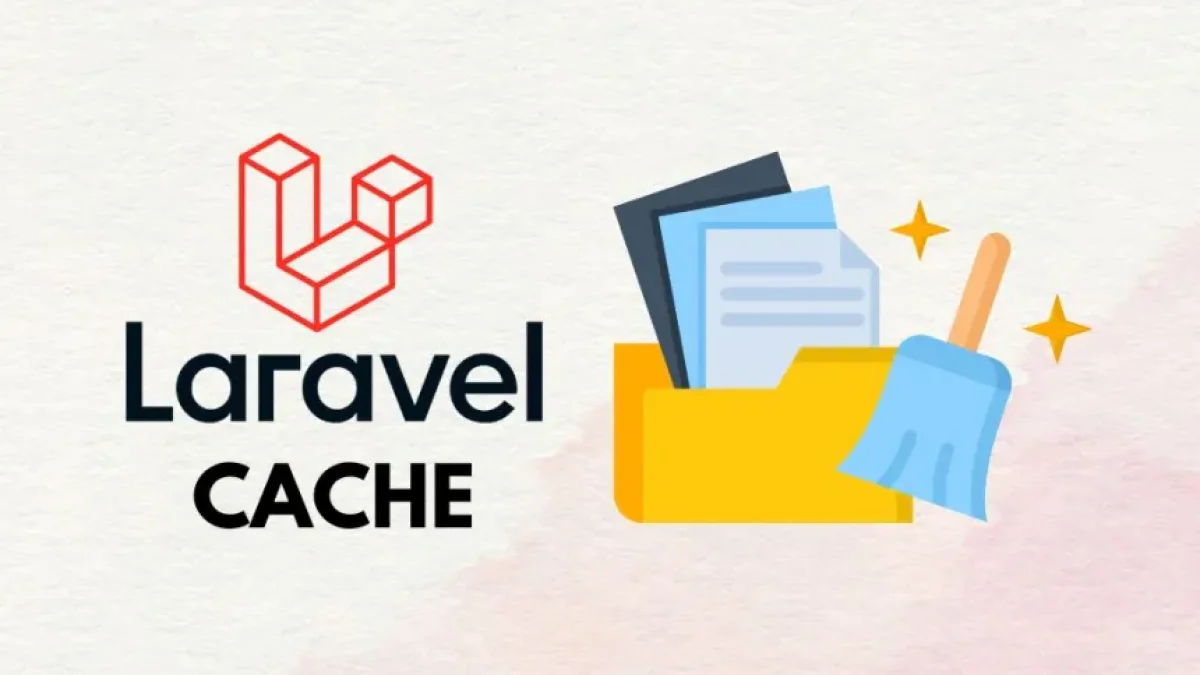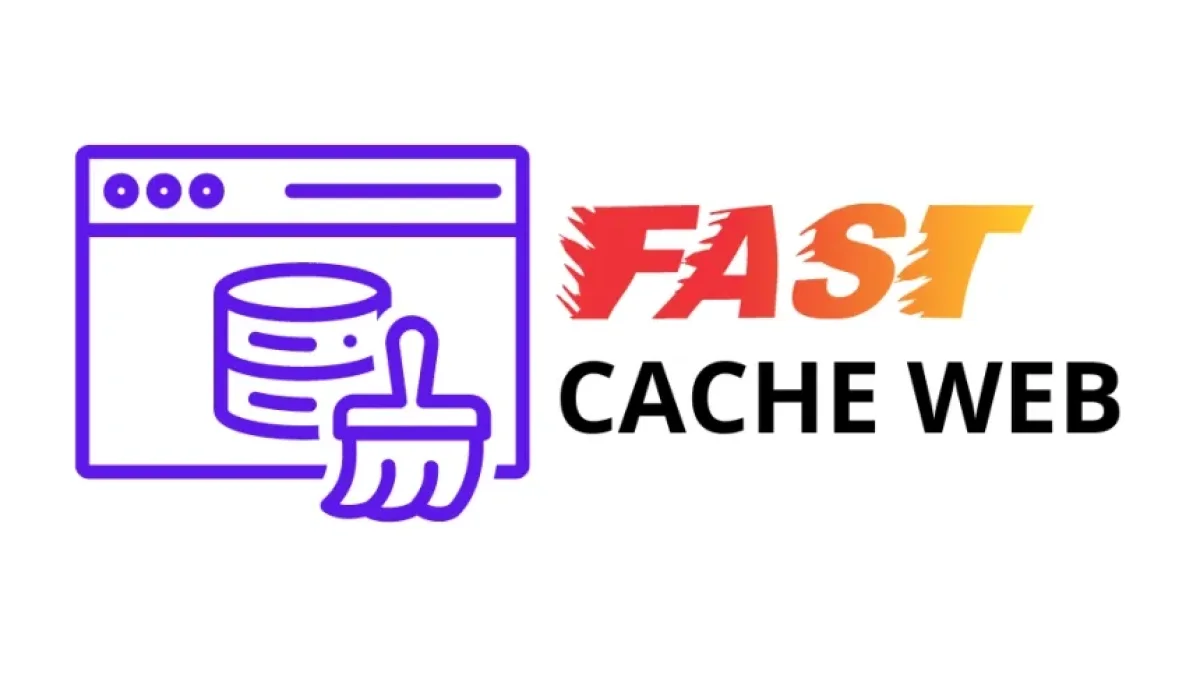Boost your application with caching in Laravel.


The development of web applications is becoming increasingly demanding, and optimizing performance is becoming a necessity for developers. Laravel, one of the most popular PHP frameworks, offers a powerful tool called cache that allows for improved speed and efficiency of applications. In this article, we will explore how to use caching in Laravel to unlock its full potential.
What is caching in Laravel?
Caching in Laravel is a system that allows storing temporary data to reduce the response time of an application. When a request is made, instead of accessing the database every time, the system first checks if the requested data is cached. If so, it is returned immediately, which significantly speeds up load times.
Types of caching available
Laravel offers several caching drivers that can be adapted to different needs:
- File: Stores data in files on the file system.
- Database: Uses the database to store data in a specific table.
- APC: Relies on the APC opcode cache, which is more efficient in production environments.
- Redis: Utilizes Redis in-memory storage technology, ideal for applications that require extreme performance.
Each type of cache has unique features that suit different scenarios and performance requirements.
Read also
How to implement caching in your Laravel application
Implementing caching in Laravel is a straightforward and efficient process. Here are some basic steps to get started:
Configuring the cache
Before you start using the cache, it's necessary to configure the driver in the config/cache.php file. Here you can choose the driver you want to use according to your application's needs.
'driver' => env('CACHE_DRIVER', 'file'),In this case, the default driver is file, but you can change it to another one such as database, redis, or array.
Read also
Storing data in cache
To store data in the cache, you can use the put() method of the Cache facade. Here’s a simple example:
Cache::put('key', 'value', 600); // Stores 'value' for 600 secondsRetrieving data from cache
To retrieve data that has already been stored in the cache, simply use the get() method:
$value = Cache::get('key'); // Retrieves 'value' from the cacheChecking the existence of an item
You can also check if an item is in the cache before attempting to retrieve it. This is done with the has() method:
if (Cache::has('key')) {
// The key exists, perform some action
}Benefits of using cache in Laravel
Implementing caching in a Laravel application offers multiple benefits:
- Performance improvement: Reduces response and load times, making user experience smoother.
- Less load on the database: Storing results of frequent queries reduces the load and the need to constantly access the database.
- Scalability: Facilitates the ability to scale applications, especially in high-load environments.
Conclusion
Caching in Laravel is an invaluable tool for developing fast and efficient web applications. With its easy implementation and various drivers, every developer can find the option that best suits their needs. I invite you to continue exploring more about this fascinating world of web development and all the possibilities Laravel has to offer.
If you want to read more articles like this, feel free to visit my blog. See you next time!



















